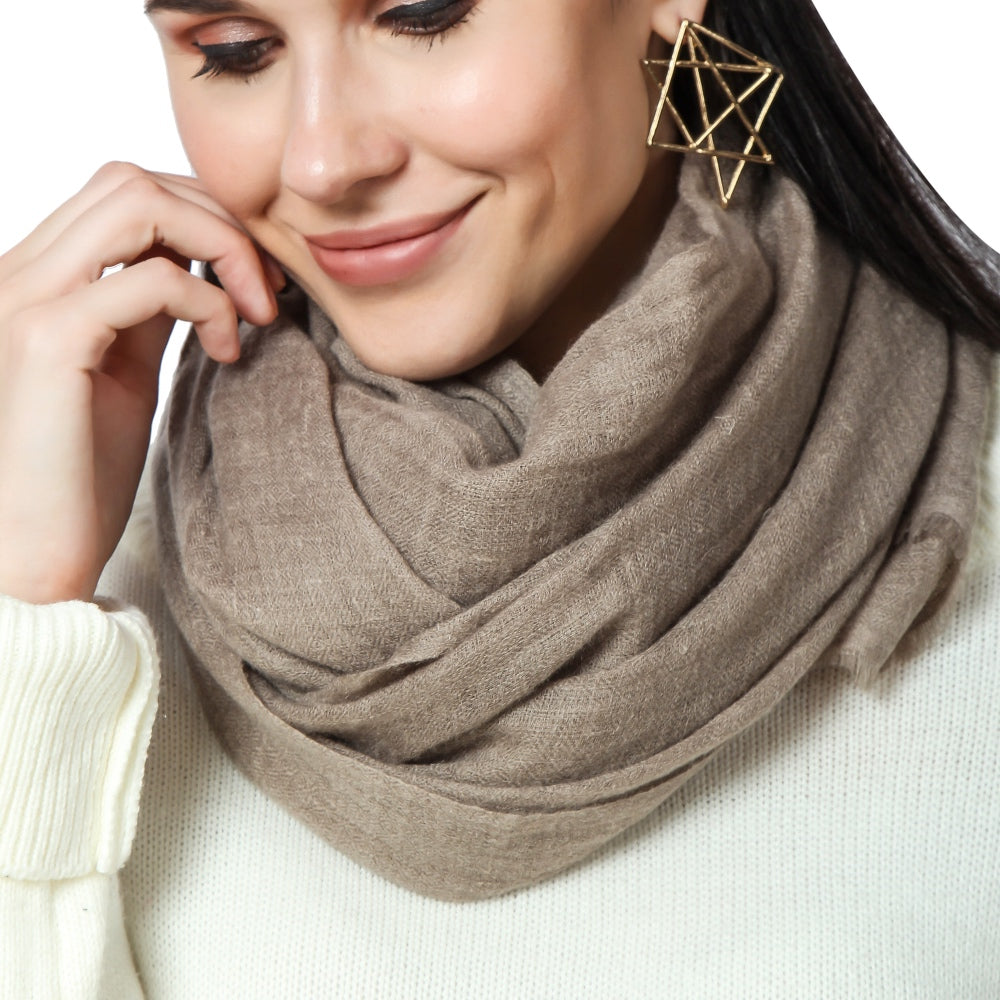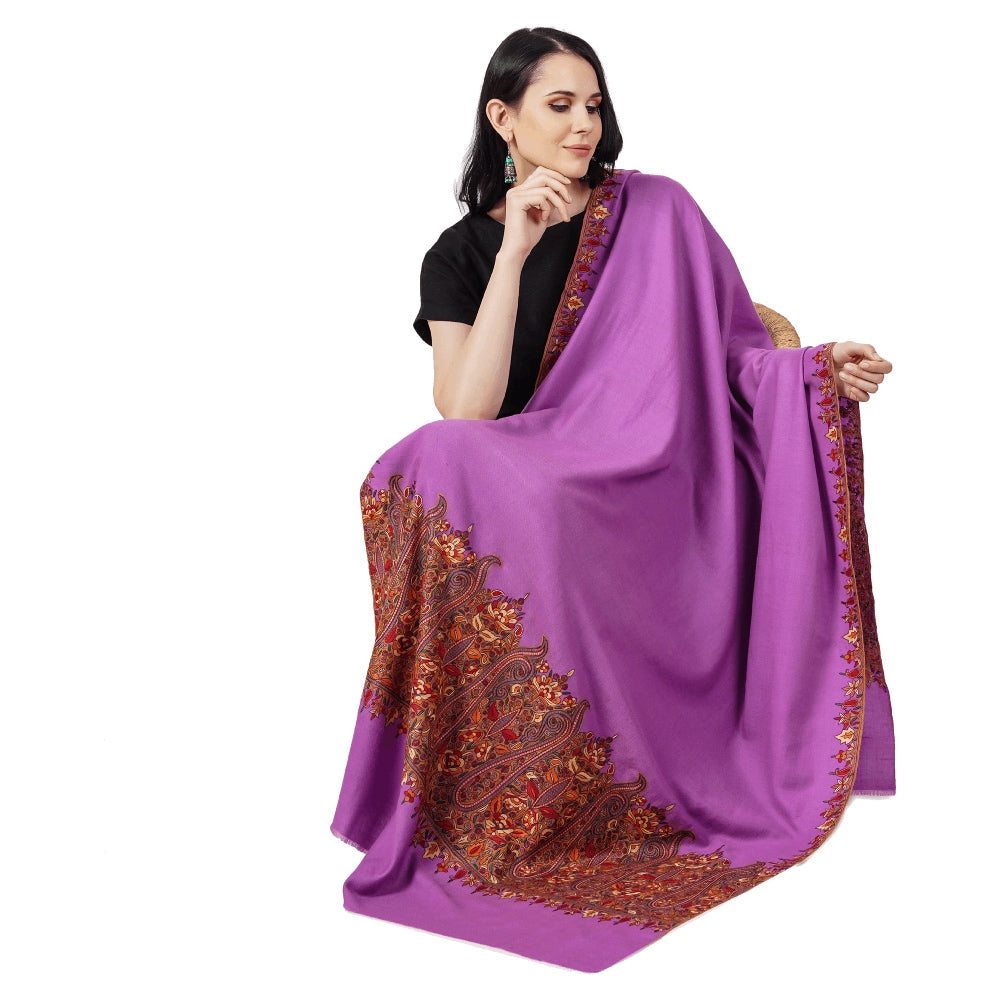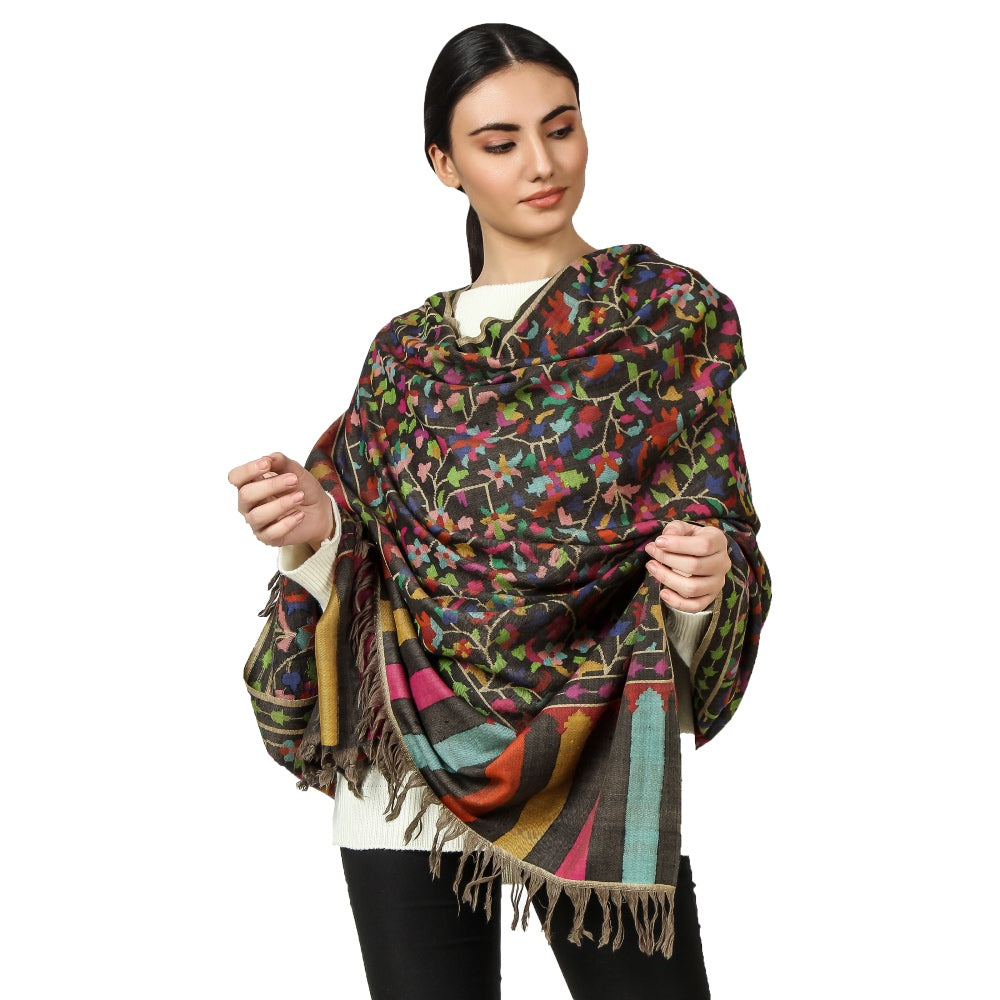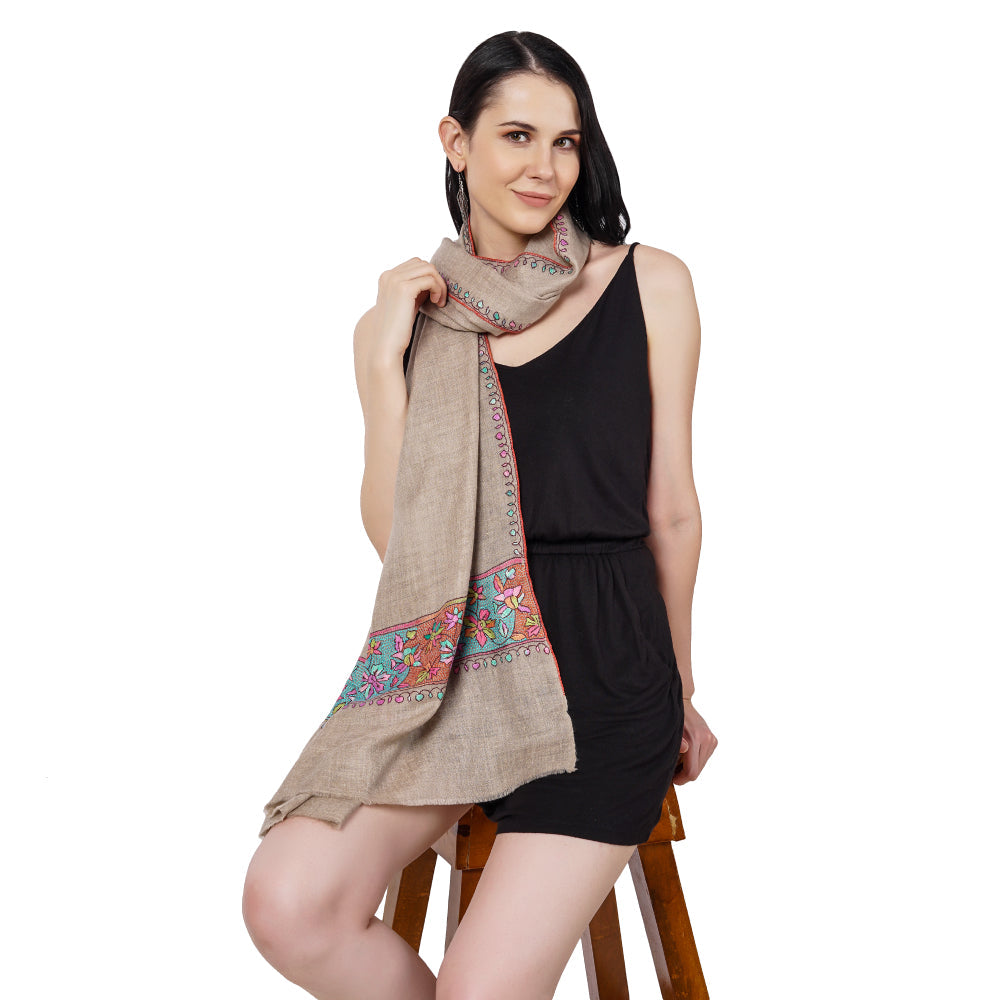
What you need to know about cashmere before you buy it
Share
Things you need to know before buying Cashmere.
There are many misconceptions about cashmere that need to be addressed before a purchase is made. In this blog post, we'll cover the top four myths and what you need to know before buying your next cashmere product.
Myth #1) It's okay to buy cheaper cashmere
The truth is, you are only getting a fraction of the benefits of cashmere if you buy a cheaper version. The quality of the fibers in the sweater will affect how much time it takes for your garment to pill.
Why Cashmere?
Cashmere products are one of those luxury items that everyone should have at least one of - especially if you live in colder climates. The soft, cozy texture helps regulate body temperature and will provide extra warmth when worn as outerwear. But all cashmere is not created equal, which is why we've outlined four things you should look for when choosing quality products below:
Budget: The good news here is that while some designer brands can be pricey, there are many places where great quality may be found at affordable prices. There are even some companies like Pashwrap who sell high quality garments at affordable prices - making it possible to outfit entire families with these sought after fabrics without breaking the bank.
How Long Does Cashmere Last?
Cashmere is soft and cozy with few downsides. The main downside is that because cashmere comes from an animal product, there's an expiration date on how long it will stay soft or keep its shape well enough to wear. Experts say that unprocessed cashmere retains its warmth even after eight years but can start feeling prickly after four-to-five years depending on how often it's worn; while processed cashmere can last up to ten years without losing its luster or shape; but starts feeling prickly at three-to-four years depending on how often it's worn.
Cashmere scarves as well as other items such as sweaters, jackets, shirts and mittens are readily available in stores around us, even though we don't always stop to think about what they're made of. So if we're making an investment that will last years or decades should we care? Yes! There's absolutely no comparison between low quality cashmere sourced from China where these animals were bred with thin undercoats designed for moderate climates, compared to true high-quality cashmere sourced from himalayan region of Ladakh where these animals were bred with thicker undercoats suited for cold climates.
There are grades of Cashmere that determine its quality and usefulness for specific products. The best and most luxurious grade is grade A Cashmere. Grade A Cashmere comes from Himalayan region of Ladakh, Kashmir in India; It is made of white goat hair, which has been combed out to produce very fine fibres and then spun into yarn.
Grade A Cashmere is highly prized for its silky feel, softness, lack of any lanolin (the natural oils produced by sheep), light weight, breathability, durability and resistance to pilling. The downside is that it can be expensive because not all goats have naturally soft coats or are raised in suitable environments.




